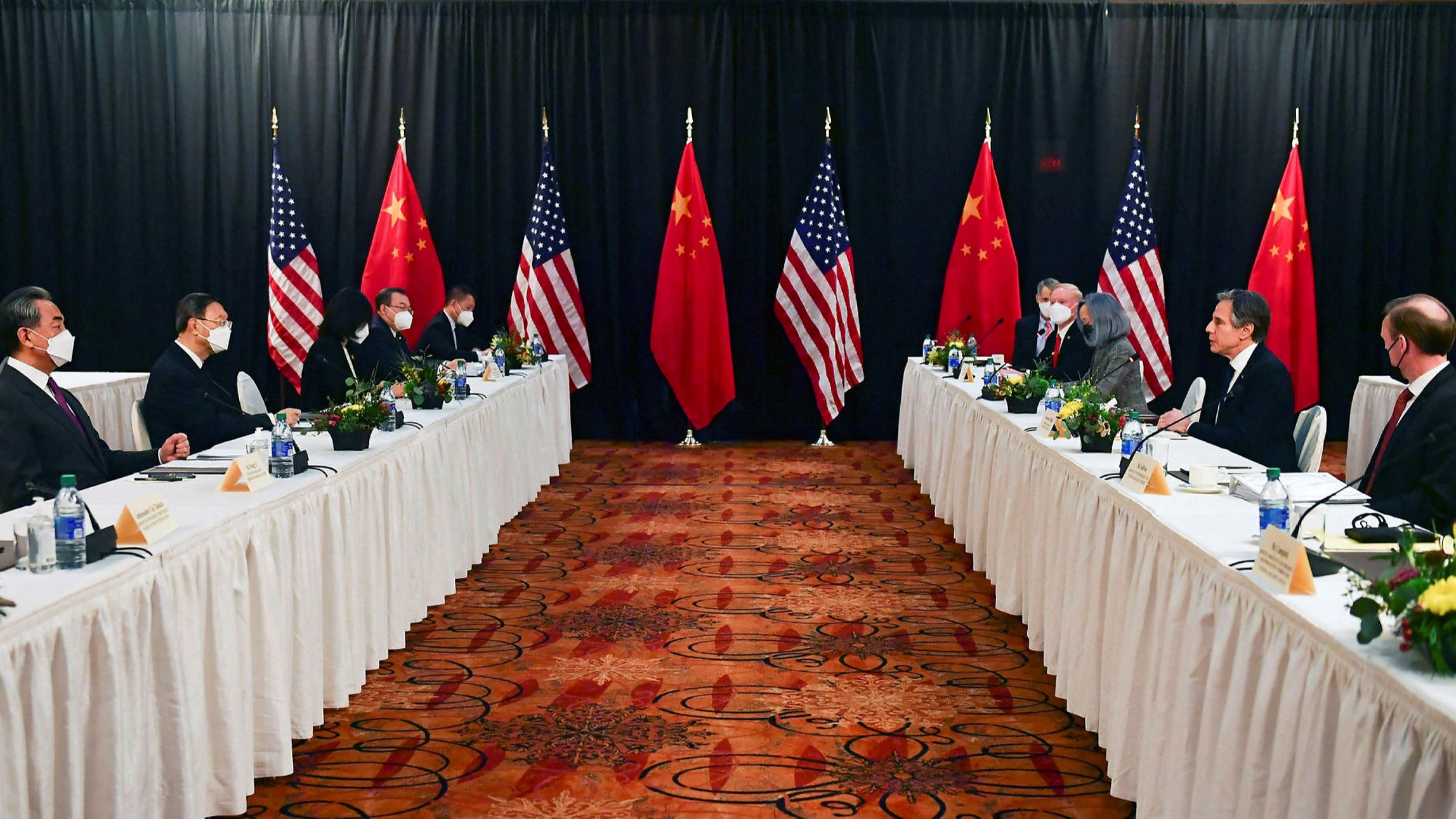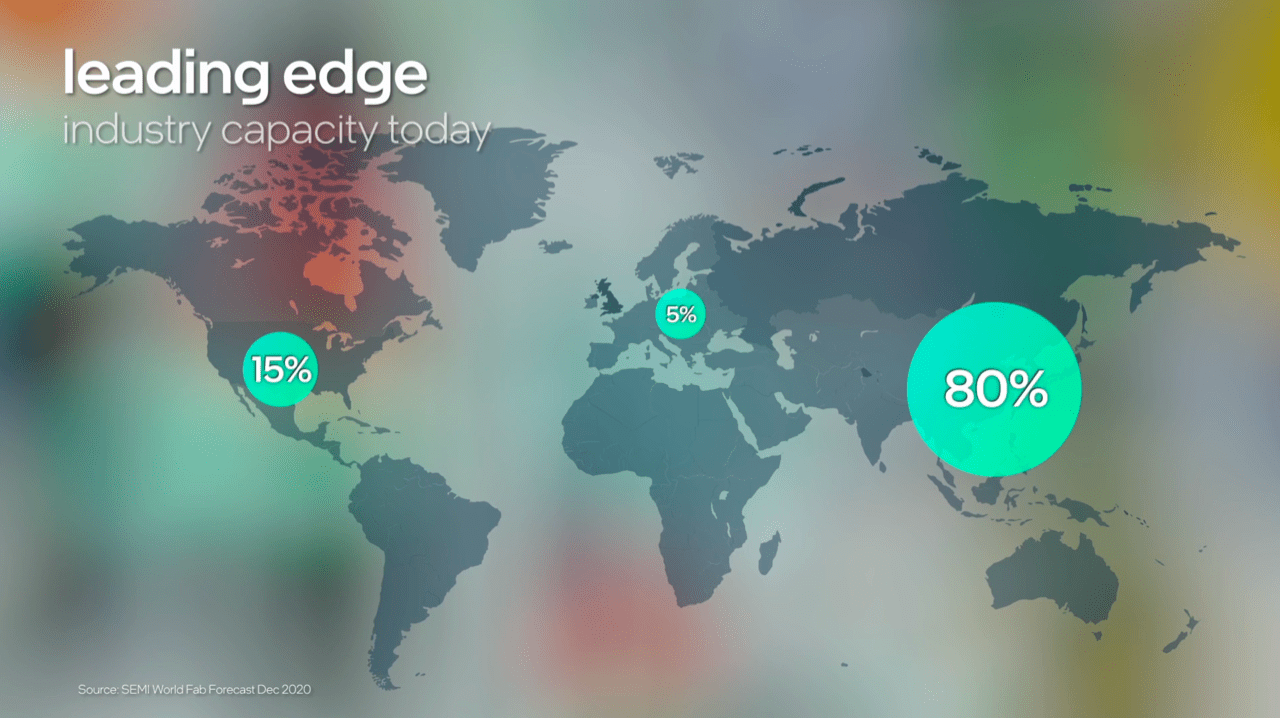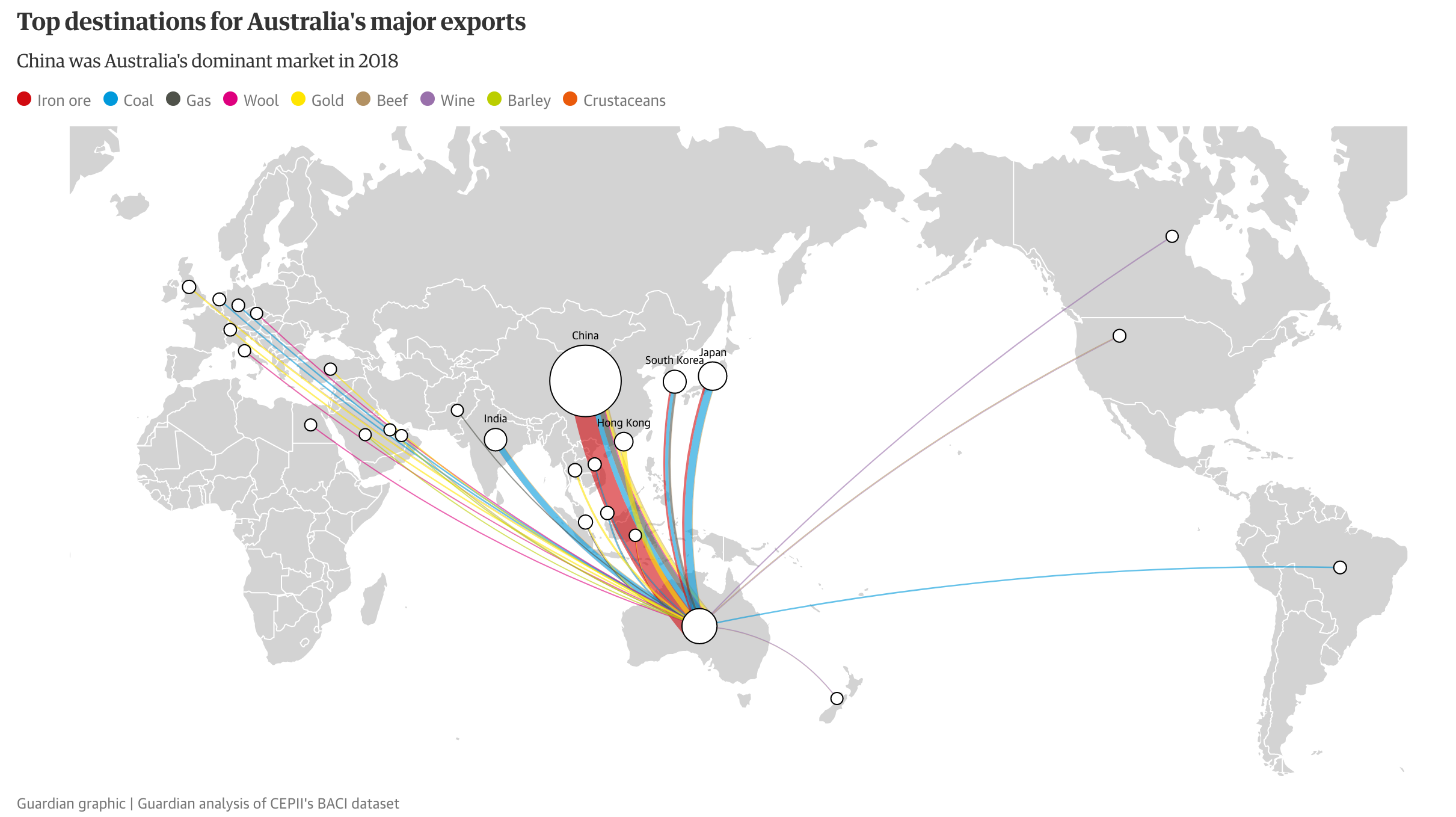History is Repeating Itself and Why You Should Care
I get a sense of déjà vu as I read the news these days. Recent tensions between India, China and the United States harken back to the cold war of 1950s and 60s. The parallels are uncanny: ideological warfare, authoritarianism vs democracy, polarizing forces on rest of the world, technological competition and so on. There are some differences of course: weaponized supply chains and trade, actual technologies being competed on and so on. But history seems to be repeating itself.
The fiery public exchange between China’s top foreign policy official Yang Jiechi, second left, and US secretary of state Antony Blinken, second right, suggests it will be difficult for the countries to find common ground © POOL/AFP via Getty Images. Caption and image Source

There’s a good reason why past has lessons for the present. History influences culture, ideology and people and that constrains a group in terms of the options they have at hand. Both advantages and disadvantages a group of people have is rooted in their historical paths. This is true as much to a society as it is to an organization.
This makes history an important area to study. It helps us predict some of the patterns we might see in the future of this new cold war. And there are many questions we need answers for. The old cold war lasted four decades. Will the new one last that long? What will be the role of different states? What are the commercial and technological implications of the cold war?
Changing Nature of Warfare
One of the best outcomes of the cold war was the phasing out of direct confrontation between super powers. World has been remarkably peaceful since the second world war thanks to the doctrine of mutually assured destruction. Instead, the super-powers resorted to proxy warfare between smaller powers and competition for technology domination. This will likely continue, but contours of warfare have significantly changed since the cold war. I see three main strands of competition: economy, cybersecurity and technology.
Economy: Global economy and trade is interconnected than ever before. Almost every major power enjoys a leverage over every other country in terms of trade and supply chain. We can see this happening when China blocked Australia’s wine and coal exports because of a diplomatic spat over the origins of COVID-19. US and allies seem to be pressuring China by blocking export of semiconductors and chips to it. China, in turn, considered banning rare earth exports to hurt US defence industry.
Technology: Today’s economy is driven by technology. Whoever controls the technology and standards controls the world. This is especially true for emerging technologies like artificial intelligence, 5G communications and clean technology. This is driving competition between the world powers. Many countries blocked Huawei or see it with suspicion from their 5G telecom hardware. First thing India did when China attacked her is to ban TikTok and other Chinese apps. US is putting together techno-alliances to ensure its preeminence. Cold war competition has put men on the Moon – I wonder what’ll happen this time around.
Cybersecurity: World is increasingly run using computers and the pandemic only accelerated the digitization trend. Notwithstanding the benefits of the digitization, the trend introduces a significant vulnerability: cybersecurity and hacking. Consider this: your city’s electricity distribution infrastructure which powers hospitals and other critical infrastructure is controlled by computers. What if these computers are hacked by adversarial nation and the power grid is brought down to its knees? This is precisely what seemed to have happened in my city, Mumbai. China seems to have hacked Microsoft’s email service and stolen secrets and intellectual property.
Passengers wait at Chhatrapati Shivaji Maharaj Terminus as local train services are disrupted due to power outage, in Mumbai. Source

First world war quickly outdated napoleonic warfare and tactics and created trench warfare. Second world war accelerated this trend with aerial warfare. I think we are in a similarly new and unexplored methods of warfare.
Why Should You Care: Intel Effect
Ok, this is all cool. But why should a citizen like me care? It’s not as if we can change much of what is happening around us. Keeping aside knowledge for its own sake argument, let me argue from a purely opportunistic and business point of view.
Let me explain my position by examining Intel, a semiconductor and microchip company. Less than a few months back, Intel’s outlook was looking really bad with its competitor AMD eating up its share. I have written off Intel and its technology in a blog post about Nvidia, another chip company. However, as it turns out, Intel has an important arrow in its quiver.
You see, Intel designs and manufactures its own chips in the USA. This is very different from what rest of the industry does: they outsource the actual manufacturing. AMD, one of the Intel’s key competitor, designs its chips in the US but the manufacturing called fabrication in semiconductor lingo of the chips is contracted to a Taiwanese company called TSMC. This is not unique to AMD, almost every chip company you know follows this strategy: Nvidia, Qualcomm and even Apple. Here’s a map of semiconductor manufacturing in 2021.
Semiconductor manufacturing in 2021. Source

You see a problem with that? Most of the manufacturing is concentrated in Asia-Pacific but world runs on them. If China really invades Taiwan–as it is brandishing–semiconductor supply chain around the world will be in tatters. Arguably, it already is: because of the perceived threat and demand mismanagement, there’s a massive chip shortage today. Many automobile manufacturers had to stop the car manufacturing because there were not enough chips to put in their cars.
Every advanced economy including US and Europe wants to onshore the semiconductor production back to their countries. Intel is uniquely placed to tackle this challenge because it controls the significant part of the chip manufacturing in the US. It is planning to allow other companies to use its fabrication facilities in the US to generate more revenue. The geopolitical struggle between the US and China just gave Intel a fresh lease of life.
Intel is but one example whose fortunes are changed because of the US-China tensions. Other industries being disrupted include telecommunications, smartphones, batteries and so on. H&M was just erased from Chinese internet because they made a comment about human rights in Xinjiang, China. This disruption is creating unique opportunities (and risks) for opportunist investors and entrepreneurs. You see, there’s always an optimistic way to look at things :)
Conclusion
US-China cold war is an undeniable pattern today. I can see history repeating and being made in front of my eyes. Alaska talks and Quad sound very much like the things I read and will read in history books. We can predict how events will unfold from the lessons of history. In my naive opinion, relevant history to be studied are start of the original cold war, Sino-Soviet split, fall of Soviet Union and the modern rise of China.
The new cold war is being waged through asymmetric means such as economy, technology and cybersecurity. We might be in that uncertain part of the history where the face of war has changed very quickly. Besides knowledge for it’s own sake, there are real pragmatic reasons to follow the affairs. The geopolitical tensions are opening up very real business opportunities.
